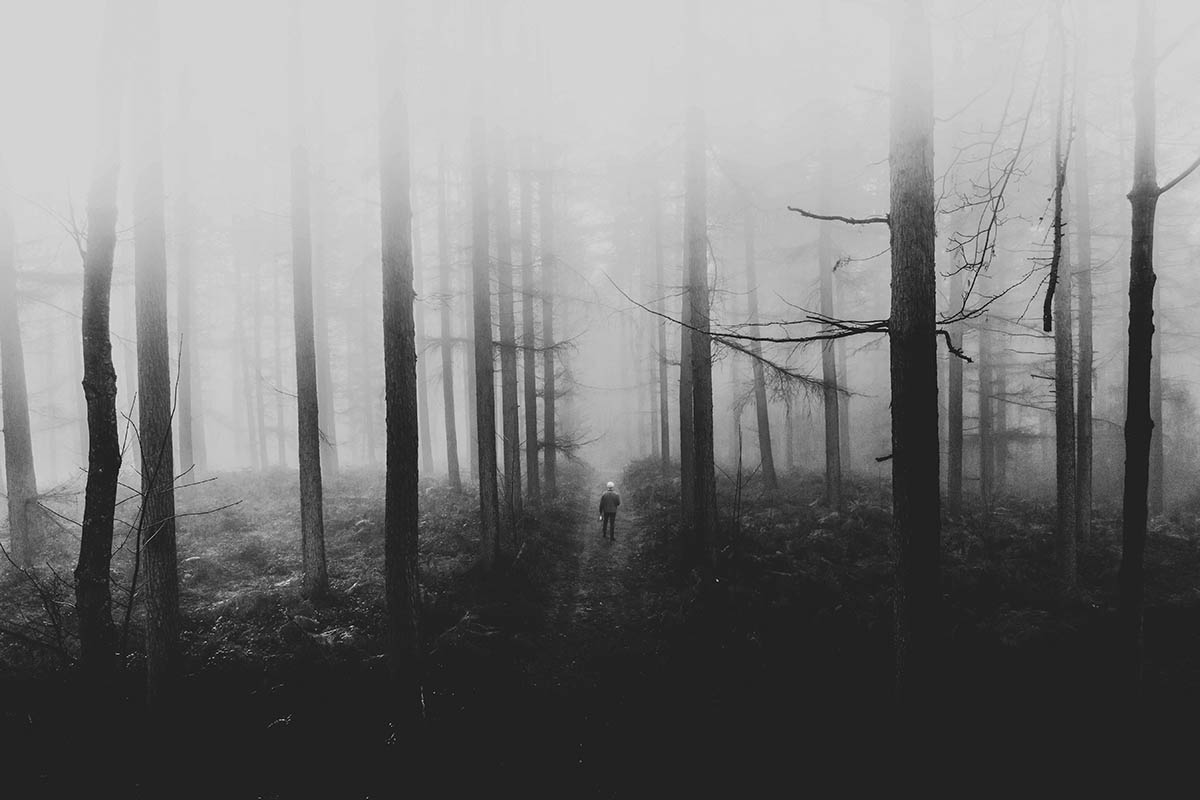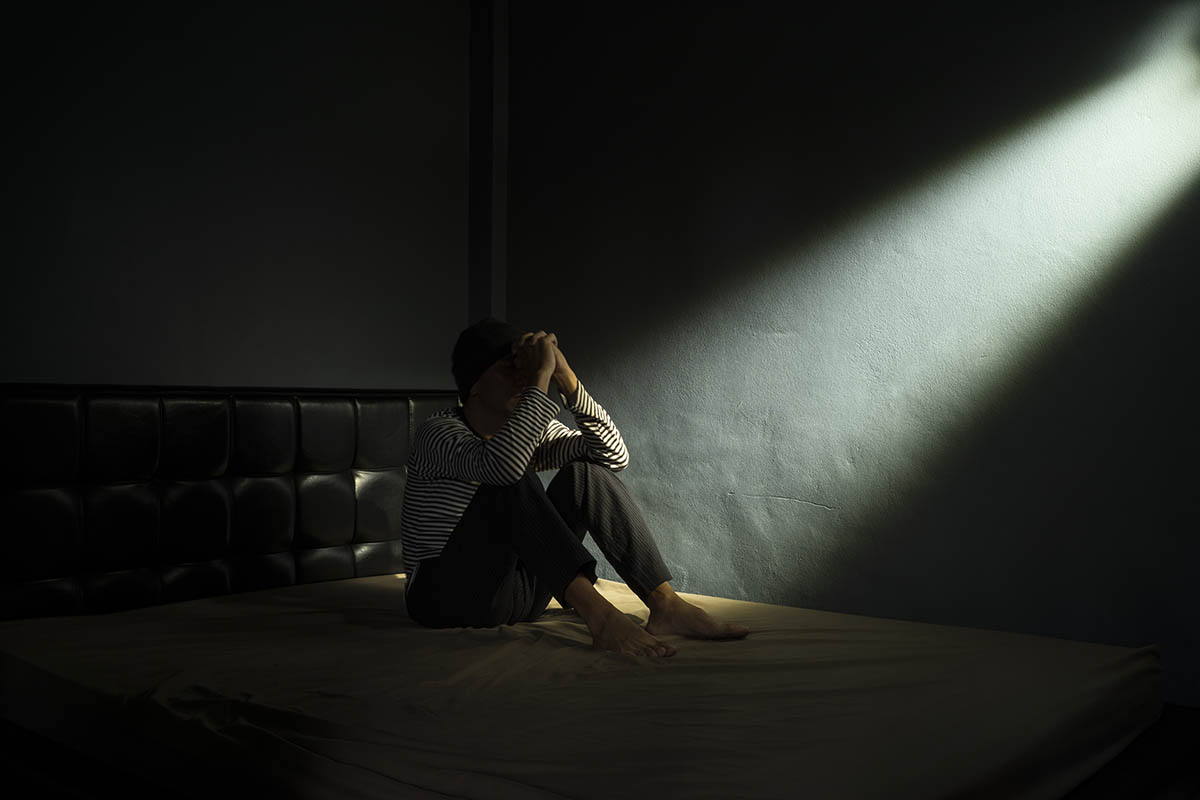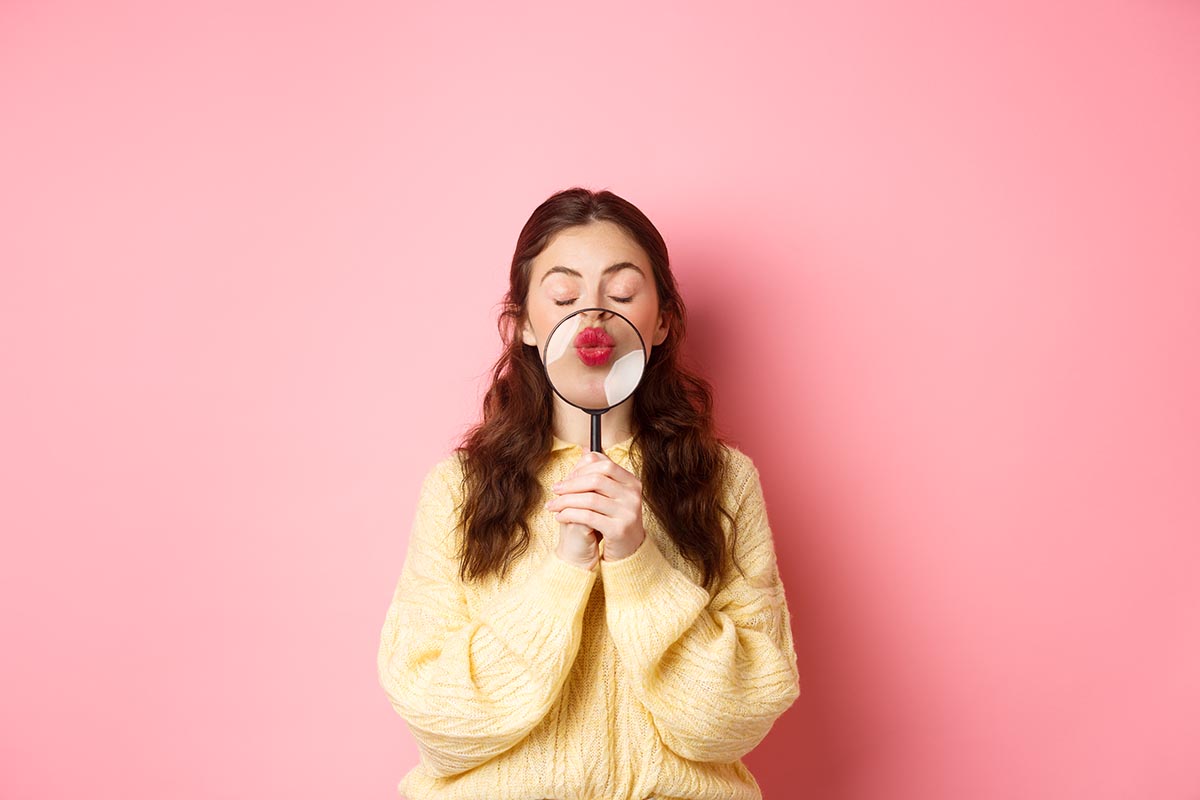There are many types of depression, some caused by events in your life and others by changes in brain chemistry. Knowing which type of depression you have can help you find the proper treatment.
The most common type of depression, major depression, is a mood disorder that affects your thinking, feeling, and behavior. This is often a long-term illness that can cause problems in relationships and daily activities.
It can make everyday activities, such as eating and sleeping, challenging and sometimes even impossible to do. It can also lead to thoughts of suicide and feelings of worthlessness and hopelessness.
Another type of depression is persistent depressive disorder or dysthymia. People with persistent depression don’t have the intense symptoms of major depression, but they still experience a low mood and cannot function normally most days.
Continue reading to learn more about the different types of depression.
What Are the 11 Different Types of Depression: What Is Depression?
Depression is a common mental health problem that can affect anyone. It occurs when a person feels sad and has low moods for at least two weeks. Women are about twice more likely to develop depression than men, and they tend to experience it at different times of their lives. A family history of depression may also increase your risk.
Major life changes, such as bereavement or divorce, can trigger depression. Medical conditions and substance misuse can also contribute to depression or make it worse.
There are many treatments for depression. Some include medication, talking therapies, and lifestyle changes such as exercise and diet. If you feel you or a loved one is suffering from depression, contact your healthcare provider as soon as possible. Getting help early is the best way to reduce your symptoms and prevent serious problems like suicide.
11 Types of Depression
Depression is a serious illness that can greatly impact your life and affect how you think, feel, and act. There are several types of depression. Each has its own unique symptoms and causes.
Major Depressive Disorder
Major depression is a severe medical condition that affects about 3.8% of the world’s population. It can lead to hopelessness and a loss of interest in daily activities. Major depressive disorder is a type of mood disorder that causes a lot of distress and interferes with a person’s ability to function. It can affect a person’s thoughts and feelings and cause physical symptoms such as aches, pains, or digestive problems.
Persistent Depressive Disorder
Persistent depressive disorder (formerly known as dysthymia) is a milder form of depression that can last for years. Symptoms include feelings of sadness, fatigue, low energy, irritability, and hopelessness. Unlike major depressive disorder, symptoms of persistent depressive disorder do not disappear for more than two months at a time and may be present throughout the day or night.
Postpartum Depression
Many women suffer from depression during or after pregnancy. Symptoms of postpartum depression include sadness, irritability, loss of appetite or sleep, low energy, and thoughts of self-harm or suicide. They may last for weeks or months after giving birth. You should let your doctor know if you have these symptoms. They can help you find treatment and get better.
Bipolar Disorder
Bipolar disorder causes extreme mood changes that affect your life and can be a source of stress. It is a relapsing illness that requires ongoing treatment, including medication and therapy. Often, people with bipolar disorder have several episodes of high energy and agitation (mania) or low energy and a loss of interest in activities (depression). These episodes can last for weeks at a time.
Seasonal Affective Disorder
Seasonal affective disorder is a type of depression that accompanies the seasons. It can cause you to feel depressed, sad, or irritable when the days are shorter and the nights are darker in fall or winter. Symptoms can last for weeks, months, or years. They can interfere with your daily life and make it hard to sleep, concentrate or feel cheerful.
Psychotic Depression
Psychotic depression is the most severe subtype of major depressive disorder. People with this type of depression often experience hallucinations or delusions that are directly linked to their mood state. They also tend to have a lot of psychomotor agitation, which means they constantly fidget, move around, and talk to themselves. These symptoms can be very dangerous and increase the risk of suicide.
Peripartum Depression
Peripartum depression is a type of mental illness that happens during pregnancy or within the first year after birth. It is a very serious condition and needs treatment to get better. Symptoms usually start within the first 3 months after delivery and can last for up to a year. It is most common in new mothers but can also happen to other people who have recently had a baby.
Premenstrual Dysphoric Disorder
Premenstrual dysphoric disorder, or PMDD, is a severe form of depression that often starts in the weeks before a woman’s period. It affects 5-10% of women in their reproductive years.
A woman may be diagnosed with PMDD if she experiences mood changes during the weeks leading up to her menstrual cycle that is more intense than what is commonly seen as “PMS.”
Situational Depression
Situational depression is a type of depression that develops in response to a stressful event or series of events. It’s not as serious as clinical depression, but it can still affect your life. Unlike clinical depression, which can last months or years, situational depression usually improves with time. But it’s important to seek treatment if symptoms persist and impede your normal activities.
Atypical Depression
People with atypical depression typically experience some of the same symptoms as those with major depressive disorder. But they also have a few other specific symptoms that differ from those in other forms of depression.
They may have more intense reactions to events in their life and notice that their mood improves temporarily when they do things that make them happy or feel good.
Treatment-Resistant Depression
Treatment-resistant depression is one of the most common types of depression. Symptoms of treatment-resistant depression can include a combination of issues like sleep problems, appetite changes, and mood swings.
Use Mental Health Apps to Manage Depression
Stress, anxiety, and responsibilities can make it difficult to keep your mental health in check. There’s no shame in seeking help; a mental health app is an excellent resource to get back on track.
Mental health apps, such as Regain or BetterHelp, provide users access to trained therapists online to help them deal with depression and other anxiety-related issues. It also guides to help you develop healthier habits and improve your mood.
It helps you track your progress through an easy-to-use everyday Mood Journal, which identifies the colored zones representing different emotions. These are excellent apps for anyone who wants to improve their mental health on their terms and at their own pace.
Conclusion
Depression is a serious mental health condition that affects people of all ages. It can have a severe impact on daily life, and it may affect a person’s ability to work, sleep, study, and enjoy friends and activities.
There are many types of depression; some arise because of specific events in your life, and chemical changes in your brain cause some. Fortunately, all kinds of depression are treatable. Knowing your type can help your healthcare provider determine the best treatment.




















